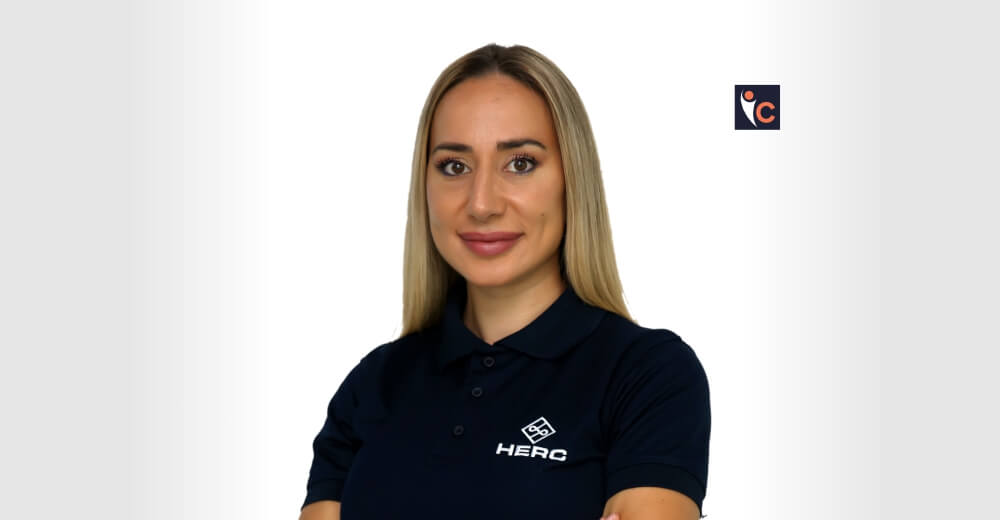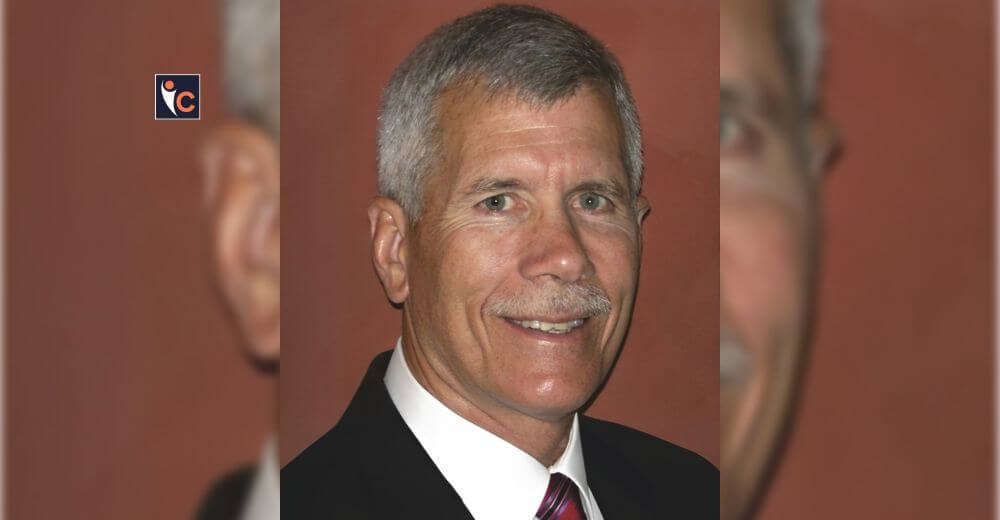The growing demand for improvements and innovations in training practices is changing the landscape of exercise at both professional and amateur levels. In the realm of science, researchers have studied the effectiveness of different methods that could offer a wide array of benefits ranging from the sports performance enhancement to rehabilitation. One such method that has gained interest over the past decade is blood flow restriction (BFR) training.
What is known today as the BFR training method stems from the pivotal works of its inventor Dr. Yoshiaki Sato. Just about fifty years ago, he coined the name “KAATSU,” which could be roughly translated from Japanese as “added pressure.” Wouldn’t just anyone be curious to know more about a proven training method which may help develop strength, increase muscle size, and activate various metabolic processes without lifting heavy weight, but by tricking the body into thinking that it is working harder than it actually is? Yet, it was not until recently that researchers, practitioners, and other professionals were made to take a closer look at this unique technique as a result of its vast potential.
What Is BFR Training?
BFR integrates low-intensity (~20%–40% of 1-RM) resistance training along with partial blood flow restriction to the working muscles using inflatable air cuffs fixed in the proximal region of the limbs exercised. Most applications include the complete occlusion of venous flow, while the recommended pressure used to block the arterial flow ranges from 40 to 80%, and only in passive BFR, the cuff pressure is set between 80 to 100% for a short period. Although BFR is based on very low intensities, it has been shown to stimulate increases in muscle size and strength that are comparable to those seen following conventional high-intensity resistance training.
BFR Devices in a Nutshell
Many different devices are commonly used to facilitate BFR training, including elastic wraps or straps, inflatable pneumatic cuffs and tourniquets. Since it is difficult to determine the amount of applied pressure, caution is advised when using some of them. Apropos of this, BFR devices could be generally divided into two groups. The first one refers to practical blood flow restriction (pBFR) training which was created in 2009. As an alternative to the traditional BFR, this type of training practice suggests the use of rigid elastic bands or knee wraps designed for occlusion training which are also affordable and practical. The second group involves inflatable pneumatic cuffs and tourniquets where the needed occlusion is created by inflating the air through an automatic device or handheld pump. This group can be further divided into two subgroups according to devices that automatically calculate the LOP (limb occlusion pressure) and the ones that require a Doppler ultrasound. The percentage of occlusion is calculated based on LOP, which is the minimum pressure needed to completely occlude the arterial blood flow. Dimensions of the applied device, the site of restriction, and individual physiology, such as limb circumference and diastolic blood pressure, all have an impact on the process of arterial blood restriction.
Breaking Down the Benefits of BFR
A growing body of evidence has shown that BFR can be used in physical therapy to aid in the recovery of elderly patients after knee arthroscopy or even more complex knee surgeries. Recent studies have also demonstrated that, when compared with low-load training, low-load BFR training is more effective, tolerable, and, therefore, a potential clinical rehabilitation tool. The current literature suggests that a significant increase in strength and sports performance is associated with the use of BFR training. Some of the findings have revealed that the muscular adaptations to BFR training are highly beneficial for elderly individuals, post-operative rehabilitation patients with compromised strength and/or joint stability, or professional athletes. When applied and performed appropriately, BFR can be used in everyday training as well as in rehabilitation settings. All this implies that BFR is intended for just about anyone, from professional athletes to older adults. However, continued research is more than vital if further advances are to be made.
The First BFR Certification in the UAE
Since its increasing popularity is undeniable, it is important to emphasize that if not performed under the supervision of a trained professional, BFR can cause severe health issues. Health, Exercise and Research Center (HERC) is a Dubai-based company that recognized the importance of creating a course that can build one’s competence to lead people to change successfully. Among many other accredited courses within HERC’s Education department, this is the world’s first one that divides BFR usage according to its practical applicability to BFR Training and BFR Therapy. BFR Training Certification is aimed at personal trainers, sports coaches and strength and conditioning coaches working with a healthy population in the gym environment. BFR Therapy Certification is aimed at physiotherapists, sports medicine specialists, and other healthcare providers who can benefit from BFR use in a clinical setting working with patients with low to moderate health impairment. Therefore, the course is organized in a way that enables individuals from different fields to further their careers and support those in need. All participants have the chance to practice with different BFR devices, from pBFR straps to inflatable cuffs. HERC’s Research Department is currently involved in a BFR research project collaborating with international researchers. The idea is to investigate the LOE (levels of evidence) within PRISMA’s guidelines for Systematic Reviews. The main objective is officially to register BFR as a method that can be used by physiotherapists and sports practitioners in the UAE.
About the Author
Ivana Banićević, Ph.D. student – Sports Medicine Specialist & Head of HERC’s Research Department
As co-founder of the Health, Exercise, and Research Center (HERC) with more than a decade of international work experience, Ivana dedicated her career to sports and exercise science. She believes that scientific findings can serve their full purpose when shared with those who are affected by them. Since her research contributed to the creation of HERC’s educational courses, Ivana provides an opportunity for individuals from various fields to put their acquired knowledge into practice.
Her current research activities have led to creating partnerships with different world-leading educational institutions and sports associations. Apart from making contributions to her field of expertise, Ivana is committed to establishing the UAE as an intrinsic part of the global sports ecosystem. She states that such public engagement can bring together like-minded people and widen the reach of their work.
Next Story: https://insightscare.com/rob-trow-leading-and-ameliorating-skincare-happiness/










